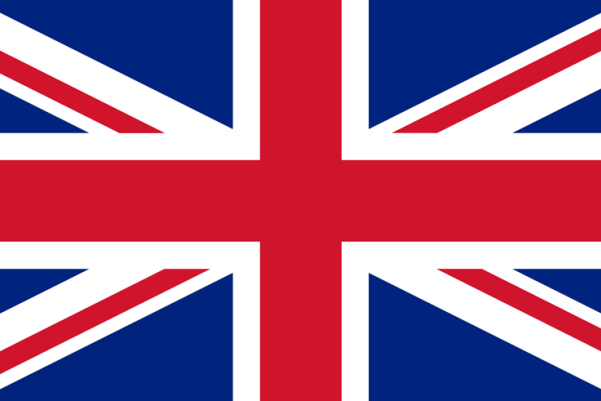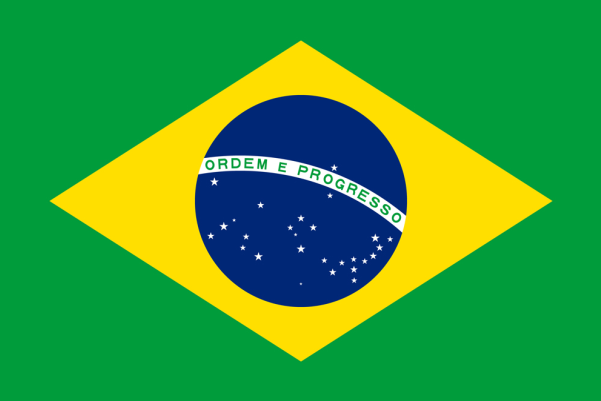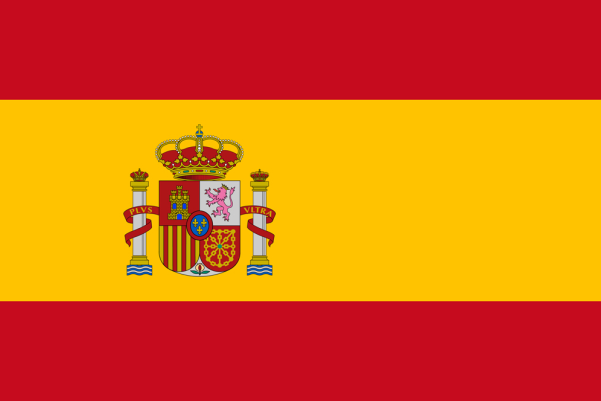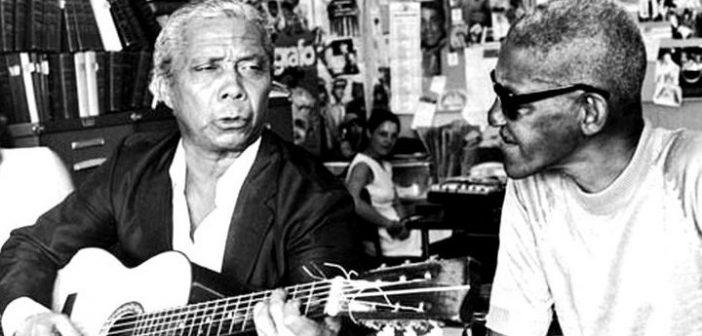With secular, mythical and religious backgrounds, this song represents, moves and influences the whole country
Samba is a river that flows through Brazilian music, bringing with it the rich Afro-Caribbean sounds that migrated from Africa during the slave movement. On its journey it has mixed with many other influences but it still remains the great expression of Afro-Brazilian identity.
From Samba-canção (a slow, melodic strand of Samba that started in 1920s Rio de Janeiro) to the carnaval samba (modern samba that characterizes Brazil’s Carnival celebrations, an upbeat fusion of Bossa-nova, electronic, hip hop and funk carioca), Samba is as rich in its harmony as it is in its lyrics.
It’s also surprisingly broad when it comes to regional and cultural variations. Embedded in its rhythmic composition is a myriad of cultures stretching back over 500 years, echoes of the historic cooperation between Indians, Europeans and Africans.
Samba has always, however, been a local expression. Throughout Brazil each region lays claims to their own local form of samba. It can be as diverse as a one man acoustic melody to a fall samba school parade with full bateria (full percussion band, with an emphasis on drums). It is all samba of one form or another, and from the countryside to the great metropolises, the music is a great celebration of life and community.
The most public display of samba is the two-day Carnival parade in Rio de Janeiro, which usually pits 14 samba schools against each other in the hunt to be crowned Carnival Champion. Other cities host similar events during the same period, but the scale of the Rio de Janeiro event is unparalleled.
Almost 11 months of hard work goes into the production. Each samba school performs an 80-minute samba “enredo” (a themed, samba-fuelled parade), which usually pays homage to some significant aspect of Brazilian history or culture. Sung by the whole school and accompanied by countless drums (the bateria), the objective is to enchant the spectating public who flank the Sambadrome (purpose built stadium for such parades) and convince a professional jury, who judge on a number of criteria (song, dancing, costumes, floats) that their school is the worthy winner.
Samba’s deepest roots lie in the city of Salvador, Brazil’s colonial capital and first urban settlement. In the mid-1800s the province of Rio de Janeiro already had a population of over 300,000 slaves, but with the abolition of slavery in 1888, thousands more freed slaves migrated south from Bahia to Rio de Janeiro in the search of employment, subsequently populating the hillside neighbourhoods of the city. The shanty towns built on these hillsides became known as favelas when soldiers who had fought in the War of Canudos in Bahia (1897) settled in the region. (Favela is the name of a prickly plant that grows in the arid interior of Bahia).
In these newfound dwellings informal get-togethers were common, often hosted by tias baianas (aunts from Bahia). The most famous of hosts was known as Tia Ciata, who would host Candomblé (translated as dance of the gods, a form of African religion practiced in Brazil) gatherings, followed by a recital of samba music. It was an open invitation for people to party and socialize.
It was at such meetings that the mixture of musical influences such as marcha, lundu, polka, habanera, maxixe and the tango began to resemble what we recognize today as a samba rhythm.
The most prominent musical talents of the time would congregate, hoping to get a chance to play. Accompanied by percussion instruments, West Africans drums mingled with Portuguese guitars and cavaquinhos (a type of ukulele), the musicians improvised the lyrics and created easy to repeat verses for the chorus of participants to sing.
The first samba school, Deixa Falar (meaning Let Them Gossip), was created in 1928 and adopted the witty motto “we also teach, but here we learn the samba”, with reference to an old teachers club located next door. The samba movement grew and soon there two other schools that opened their doors: Mangueira (Mango Tree) and Portela.
In the 1930s, the white population of Brazil began to identify with the sound that descended from the hillsides. In 1930 samba enjoyed what is known as the golden era. The shift from mechanical to electrical recording helped define this era, offering artists greater range, tone and means of expression.
The dawn and rapid expansion of the radio further gave Samba the opportunity to grow. In 1939, a new musical genre was born, that of samba-exaltação (Samba Exaltation). This new wave was inaugurated with a song that soon became the most listened to and performed Brazilian song overseas, Ary Barroso’s Aquarela do Brasil, (only trumped by the arrival of The Girl from Ipanema in the 1960s, 25 years later).
Samba de Gafieira rose to prominence in the 1940’s and 1950s, much influenced by the radio orchestras of the USA. In the 1960s, Bossa-Nova and MPB (Música Popular Brasileira – Brazilian Pop Music) artists embraced the Velha Guarda, rediscovering veteran singer-songwriters such as Cartola and Nelson Cavaquinho. They were soon followed by a new generation: Paulinho da Viola, Elton Medeiros and soon after, Martinho da Vila, along with Clementina de Jesus, who made her debut in 1964, when she was 63 years old.
In the 1970s, new songwriters emerged: João Nogueira, Paulo César Pinheiro, Candeia, Nelson Sargento and Monarco, penning songs for upcoming samba singers, including Beth Carvalho, Alcione, Roberto Ribeiro and Clara Nunes.
The 1980s and 1990s saw the emergent success of a popular samba off-shoot, Pagode. Groups such as Fundo de Quintal and Raça Negra sold hundreds of thousands of albums, whilst inspiring a renaissance movement towards a more traditional, roots-based samba.
Turn up the volume!
Listen to some of the most important and authentic Brazilian Samba on YouTube
Riachão – Cada macaco no seu galho
Cartola e seu Pai – O Mundo é um Moinho
Cartola – Preciso Me Encontrar
Chico Buarque – Apesar de Você
Diogo Nogueira – Com Que Roupa
Geraldo Filme – Vá cuidar de sua vida
Marcelo D2 – A Maldição do Samba
Surdo – Large cylindrical drum that produces a loud, booming sound.
Agogô – A bell (single or multiple) played with a wooden stick
Cuíca – Similar to a drum, but with a reed attached to the inside of the leather drum head. The drummer rubs the reed with a moistened cloth whilst applying pressure to the drum skin, producing a characteristic moaning sound.
Reco-reco – Percussion instrument made from a dry bamboo bud with carved grooves, over which a stick is rubbed to produce sound
Comissão de Frente (Front Commission) – The first group of participants in a samba school parade who collectively work as a “master of ceremonies”, welcoming the audience and introducing the school.
Ala das Baianas (Wing of Baianas) – Traditional wing of a samba school, usually .older women who, instead of samba, dance theatrical twists and twirls
Cavaquinho – Small guitar with four strings, similar to a ukulele.
Batucada – Brazilian rhythm (created by instruments or palms and even matchboxes and bar tables).
Pagode – Popular modern day style of music that has become a synonym for samba.
Read more about Brazilian lifestyle, travel, tourism and Brazilian and Latin American culture at BBMag the only London-based trilingual publication.
You can also find Brazilian and Latin American service suppliers and classifieds in London, and internationally, by visiting BBMAG Business Directory.
For more information about Brazil, travelling to Brazil, Holidays in Brazil and Brazilian tourism please also visit VBRATA Visit Brazil Travel Association.

















